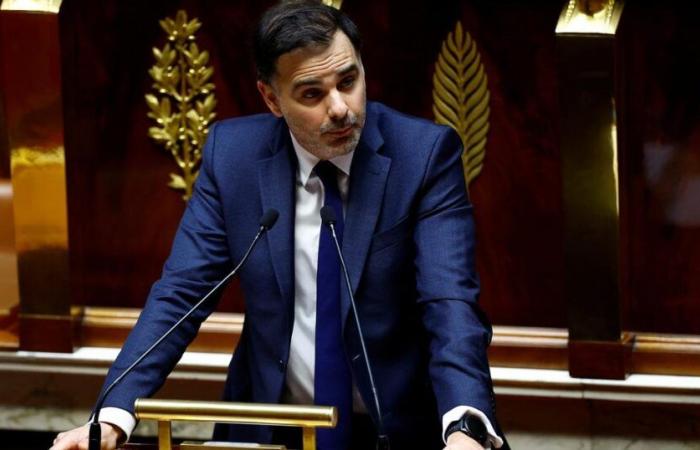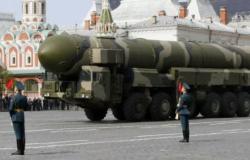By TD
Published
yesterday at 3:46 p.m.,
updated at 4:41 p.m.
”
data-script=”https://static.lefigaro.fr/widget-video/short-ttl/video/index.js”
>
Pointed out for several weeks, the prices proposed by purchasing centers for public orders will be dissected by the General Inspectorate of Finance (IGF).
A few weeks after the controversy, the State reacted. This Tuesday, November 5, the Minister responsible for Public Accounts, Laurent Saint-Martin, announced on RTL that he had “diligently carried out a mission of the general inspectorate of finances”in order to review the prices at which public authorities – State and local authorities – purchase their supplies.
Light bulbs, lamps, tables… When these actors buy their supplies “more expensive than what you could get in the supermarket, obviously that raises questions”recognized the government member. The investigation should “understand how this central purchasing mechanism works”singled out in recent days for prices which sometimes seem much higher than those on the market.
The supply catalogs of purchasing centers display prices sometimes up to twice as expensive as what you can find yourself in stores, even before having negotiated prices in the case of large quantities. ordered. A four-color BIC pen, for example, is billed at 2.26 euros by UGAP, the main state purchasing center, while it is sold at 1.99 euros per unit on the UGAP website. brand, and even cheaper in mass distribution. “The effectiveness of state purchases is an issue of good public management,” insisted Laurent Saint-Martin. We cannot ask the French to participate in this collective effort [de réduction du déficit, NDLR] and at the same time not being efficient in the management of public funds.”
”
data-script=”https://static.lefigaro.fr/widget-video/short-ttl/video/index.js”
>
Up to 10% savings possible
These prices above the market “can sometimes be justified”nuanced Laurent Saint-Martin, who nevertheless wants “to understand” the functioning of public purchases and “optimize so that it costs less for the taxpayer”. This is because, to avoid corruption, local authorities are subject to the public procurement code: for an expenditure of more than 40,000 euros, they must go through a call for tenders or a purchasing center. With constraints which can sometimes explain the inflated prices: favoring made in France, ensuring a low ecological impact… Not to mention that suppliers also say they pass on the cost of time spent responding to calls for tender, which are more complex than 'a simple quote.
In a report published at the end of 2023, the General Inspectorate of Finance estimated that local authorities could make up to 10% savings on their purchases, or around 5 billion euros, in “rationalizing and professionalizing” the latter, but emphasized that this objective “cannot be considered achievable in the short term”. Small and medium-sized municipalities reported difficulties in negotiating the prices offered by suppliers. As for the use of purchasing centers, it was often explained “by an emergency or a concern for simplicity” more “the community does not systematically see attractive prices”.
France






